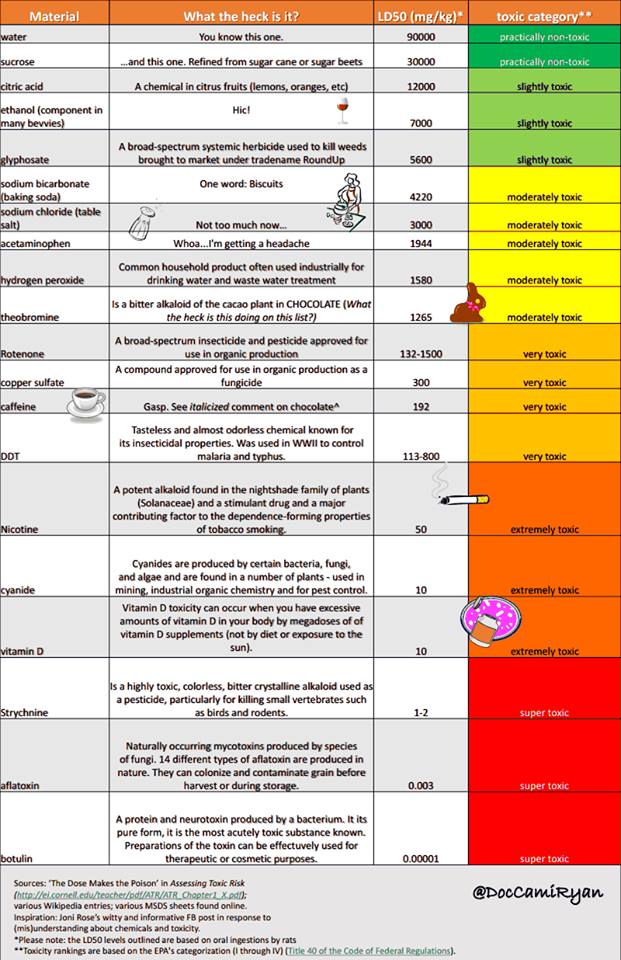May
18
Today was another one of those days, blog-wise. I just could not get inspired to write on, like, anything. I already published a smaller piece yesterday, so I figured I would just do another small one tonight. But, nothing appealed to me. Then, I remembered Joseph Gervais.
Yes, Joseph is another Facebook friend of mine, and he’s also an IT guy. (Plus, he studied physics at Rensselaer Polytechnic Institute, so he must be pretty smart.) We don’t always agree on everything, but on a lot of stuff, we are of like mind. He does a lot more reading on scientific issues, so he is able to parse through some of the “pop-science” and controversial topics that come up from time to time. As it happens, the other day Joseph posted some comments on FB that were along these lines, and I thought they would make a nice, brief blogpost. (They are even somewhat related to yesterday’s post about the sodium content of chocolate milk.) When I announced my intent to “steal” his post, Joseph was kind enough to agree.
So,… nothing profound or jargon-heavy. Just a little info and some common sense….
—
I know there is a lot of concern out there among people with regard to chemicals in our environment and in our food. This concern is legitimate as long as it is gives rise to an educated awareness of the real risks they pose rather than the distorted perceptions of risk and danger which are often engendered by fear-driven emotions.
There are three things to keep in mind about chemical substances in order to approach such evaluations with objectivity and balance:
1. EVERYTHING in our world is a “chemical”
2. The dose makes the poison. All chemicals are toxic at some level (and, correspondingly, NOT TOXIC, below that level). The key is “what is that level?”
3. Toxic doses can vary widely, even between chemicals that are “similar”. For example, take water, H2O and hydrogen peroxide, H2O2. Hydrogen peroxide differs from water by only 1 oxygen atom, yet it has a substantially greater toxicity than water.
Glyphosate (Round-Up), is one chemical that often tends to get people worked up because of its significant use as a weedkiller in our industrial food supply, particularly in conjunction with crops which have been genetically engineered to resist it.
As far as herbicides go, however, Round-Up is actually quite benign, much more so than many of the herbicides displaced by its usage. This is a great thing for our environment, but because people have become accustomed to associate “toxicity” with crop chemicals, they naturally leap to the conclusion that Round-Up, too, is toxic, just as DDT and Agent Orange were. While this “leap of logic” is understandable given the historical context of many agri-chemicals, it doesn’t make sense scientifically.
So how toxic is Round-Up? Well, it turns out that it’s significantly less toxic than caffeine, chocolate, and vitamin D. Now, I’m not saying one should go out and drink a cup of Round-Up with their morning omelet, but a trace amount of glyphosate residue on your produce is not really going to present a problem.
—
I’ve touched on the dose/toxicity issue in an earlier post (“Exposing the NAKED Truth”). If you would like to read a little more on this topic, Joseph also provided this link to the first chapter in the textbook Assessing Toxic Risk (Cornell Scientific Inquiry Series) by Nancy M. Trautmann. It is relatively short, quite readable and non-technical.
Remember: A little knowledge and careful thinking can go a long way toward reducing fear, stress, and irrational opinions/positions.
















